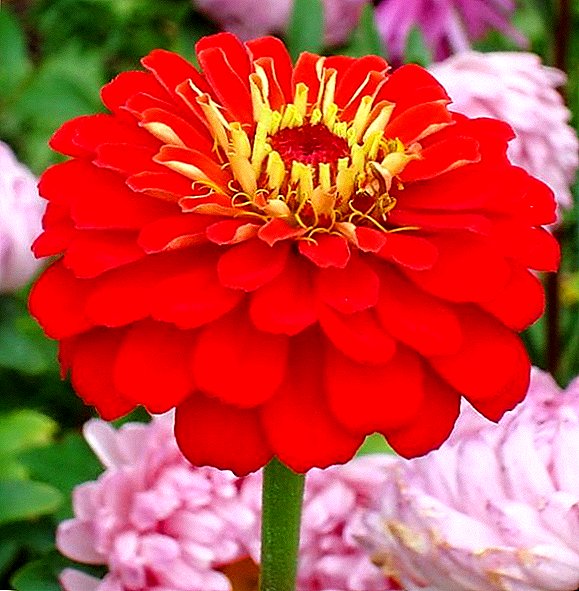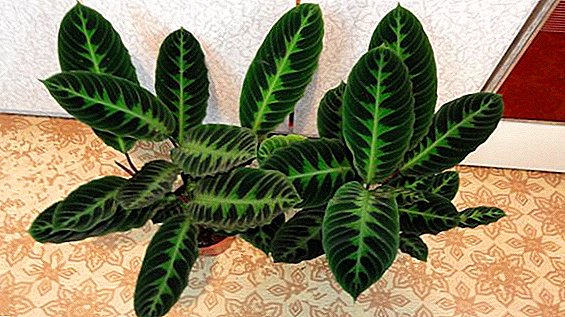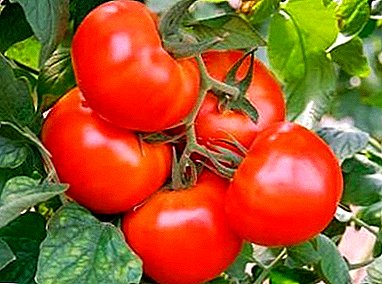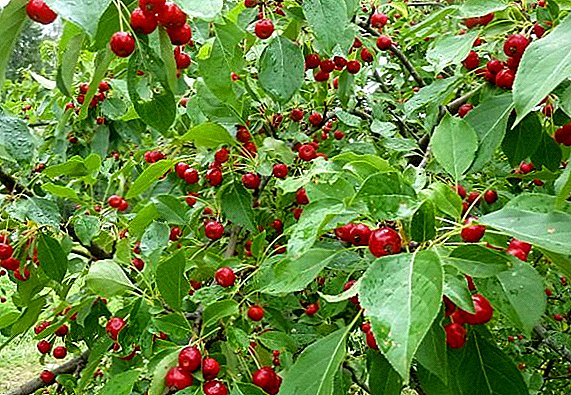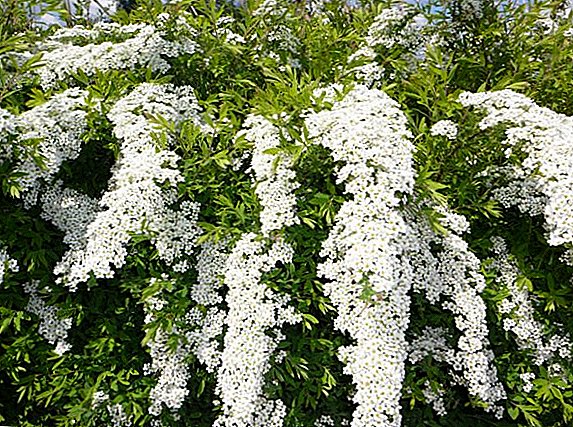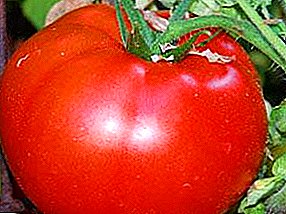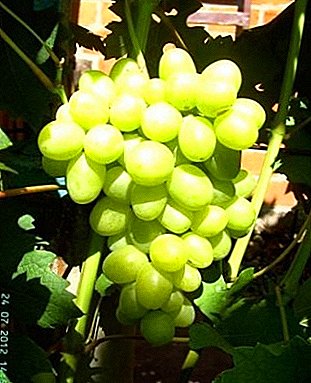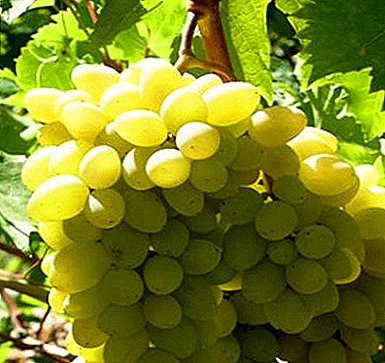
Growing grapes is an interesting and exciting activity that can be compared with real creativity, especially when it comes to the cultivation, reproduction and breeding of new varieties, with original tastes and qualities.
Recently, their number is constantly increasing, so each grower can choose for himself the most suitable variety, corresponding to his experience and preferences.
At the same time, the most common criteria for selecting plants when growing in the middle zone of our country are their frost resistance and non-susceptibility to the development of various diseases.
All of them are fully consistent grade "Liana", combining decent taste and unpretentiousness in the care.
What kind is it?
Grapes "Liana" ("Vierul", Moldova) Included in the group of white table varieties with an average aging period.
Karmakod, Korinka Russkaya, Alexander and Pleven also belong to table varieties.
The time interval from leaf blooming to harvest is about 125-135 days. Fully ripen by September 10-15.
Amethyst, Crystal and Athos are also consumed fresh.
Hardy and hardy. Does not require shelter for the winter, subject to sufficient snow.
At the same time, even in very cold winters, up to 57% of central and 76% of replacement buds will remain on the plant. The best results in growth and productivity are shown on soils of light and loamy type.
It is well tolerated by frost and such varieties as the Beauty of the North, Super Extra and Arched.
Note: When cultivating this variety, it is necessary to adhere to a load of 40-50 eyes per bush. Pruning should be done on 6-9 eyes.
Grape Lyan: description of the variety
 The size of the clusters in "Liana" - the average.
The size of the clusters in "Liana" - the average.
They have a conical or slightly branched form, with egg-shaped medium and large berries (about 3.8 g, parameters: 2.5 x 1.8 cm). The average bunch weight is 300 to 400 g, size: 16 x 12 cm.
Fruit color: light green with a golden hue, sometimes with a pronounced "tan". The berries are fleshy, with good juiciness and thin skin. The number of seeds is minimal (most often not more than one). The taste is balanced with sourness and pronounced aroma of nutmeg, reminiscent of the popular Moldovan variety "Chaush".
Muscat Novoshakhtinsky, Anthony the Great and Anyuta will also delight you with muscat flavor.
Shrubs - medium, with rounded leaves with five lobes, with medium or strong dissection. From above - smooth, light green color. Downiness from the bottom side is absent.
Young shoots at the crown, and the scapes of young leaves are colored purple hue. On the edge of the sheet are cloves triangular saw-shaped form. The growth of the bushes is quite fast. The quality of the vine is good. The type of flower is hermaphroditic (bisexual).
Romeo, Helios and Charlie also have bisexual flowers.
Useful information: Despite the fact that “Liana” is one of the varieties with high drought tolerance, in the absence of sufficient moisture for a long period of time, this variety can discharge peduncles and whole inflorescences, which leads to a decrease in its yield.
A photo
Photo grapes "Ljana":




Origin and Breeding Area
As parent material for obtaining grapes "Ljana" were used varieties "Chaush white" and "Pierrel". Injection region - The Republic of Moldovafrom where it was brought to Russia in 1980 (to the region of Lower Pridonya), through the introduction-quarantine nursery of the city of Tsyurupinsk.
It is an interspecific hybrid of a complex type of universal purpose, produced on the basis of European and American species. Breeding varieties produced DD. Verderevsky, K.A. Voitovich, I.N. Naydenova.
Universal are also Muscat Hamburg, Kishmish Jupiter and Lydia.
Characteristics and special qualities
 One of the main distinguishing features of the grape variety "Ljana" is its high yieldThe average component is about 6 kg per bush or from 120 to 160 centners per hectare.
One of the main distinguishing features of the grape variety "Ljana" is its high yieldThe average component is about 6 kg per bush or from 120 to 160 centners per hectare.
The gift of Magarach, the Anniversary of Kherson Summer Resident and Rkatsiteli will also delight you with a high harvest.
The number of berry brushes on the developed shoot - 1.3 pcs., On the fruitful - 1.5 pcs. The coefficient of fruiting - 1.6, fruitfulness - 1.7.
The sugar content in the "Lena" fruits is quite high. Berry juice sugar content of this variety is 14-18% with an acidity of 6.5 to 6.7 g / l.
It is used both in fresh and canned form. According to its tasting qualities, this grape is estimated at 8.2 points.
Among the advantages of this variety can also be attributed to its drought, frost resistance, excellent transportability and good presentation..
Does not need a shelter for the winter and the use of special chemicals for protection and prevention. Insensitive to diseases and pests. Well compatible with rootstock varieties.
Resistance to diseases is also different Delight White, Augustine and Krasin.
Diseases and pests
Many gardeners lovers who cultivate the variety "Liana" on their personal plots describe it as "problem-free" and "easy to care for." In particular, he deserved such assessments due to his immunity to many diseases and pests of this culture.
These include mildew, gray rot, oidium, as well as spider mites, phylloxera, etc. However, in the variety plot conditions, this variety has a rather high susceptibility to bacterial cancer.
This name is usually called cancer-type growths that form on the sleeves and shtambe of the grapes (most often after harsh and prolonged winters or prolonged over-wetting).
The causative agent of the disease is a bacterium of the type Pseudomonas tumefaciens Sm. et Towns.- Agrobaoterium tumefaciens [Sm. et Towns.] Conn., causing crustacean damage to roots and other parts of fruit plants.
 This pathogenic organism gets into grape bushes through wounds and freezers. In it it multiplies, causing tissue mutation and destroying them, and this process can continue for a long time.
This pathogenic organism gets into grape bushes through wounds and freezers. In it it multiplies, causing tissue mutation and destroying them, and this process can continue for a long time.
After its disintegration, the bacteria from the tumor-like formations enter the soil, where they can be found for years.
In order to protect the grapes from this dangerous disease, it is important to prevent stagnant water from its roots and to protect it from severe frosts.
Control measures: removal of growths from shoots with obligatory disinfection of cutting sites with garden pitch. If this method does not help, it is best to completely remove the bushes and start growing the grapes from the very beginning.
In general, "Liana" has a very high resistance to almost all diseases of grapes., including anthracnose, bacteriosis, chlorosis and rubella, as well as to its main pests, including leafworm.
Thus, the grape "Liana", due to its versatility and simple farming techniques, is suitable for gardeners and winegrowers with minimal experience. Its main advantages are:
- High frost resistance;
- Good yield and attractive appearance;
- Excellent taste;
- Good disease and pest resistance;
- Easy to care and cultivate.
These characteristics make it possible to grow this variety in various regions of the country, including areas with low average annual temperatures and to obtain stable yields even in not very favorable climate years.


